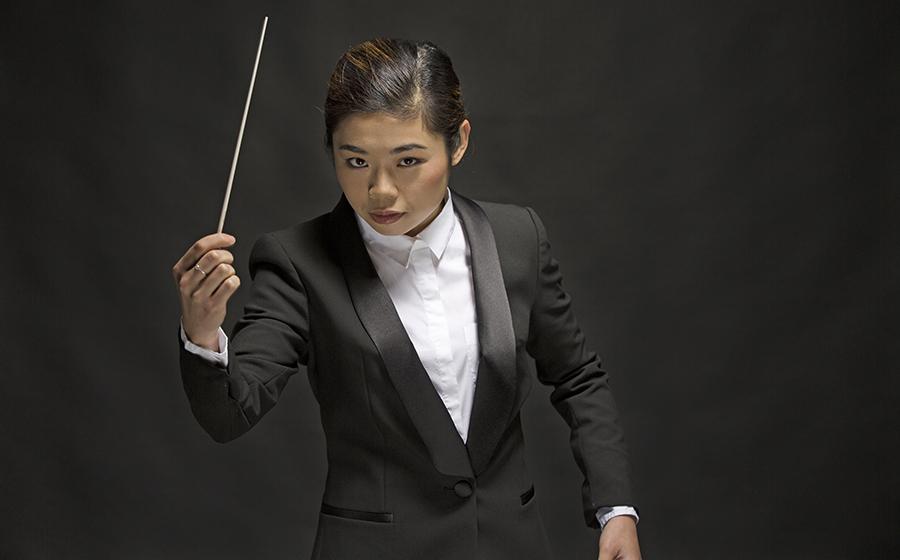Two Shostakovich Symphony No. 10s in a week is unusual but instructive. The Moscow Philharmonic gave a mighty performance of this great work on Sunday 13 October in the Usher Hall. Now, the RSNO give a very creditable account just five days later.
However, sensational as the Shostakovich is, it is somewhat overshadowed in the RSNO’s concert by the opening work. This was Sieidi (Concerto for Percussion and Orchestra) by Finnish composer Kalevi Aho. ‘Sieidi’ is the Sami word for a place of ritual. The composer wrote it in 2010 on commission to the London Philharmonic. Tonight’s percussion soloist, the Austrian Martin Grubinger and the great Scottish percussionist Colin Currie performed it jointly at its premiere. Today Grubinger is the star of the show. He has seven different percussion instruments ranged across the stage in front of the orchestra. He moves from hand-beaten drums to instruments of pitch, including marimba and vibraphone, to tam-tam, then back again in sequence. In between playing each instrument with great control and sensitivity, he kneels between them as if in prayer. Four other percussionists from the orchestra support him, and between them they create an extraordinary soundscape. They are backed by the RSNO under the baton of Elim Chan. It leaves us all at the end stunned by an amazing work.
The Shostakovich 10th after the interval seems positively restrained by comparison, particularly as we have heard a great Russian performance so recently by the Moscow Philharmonic. Yet Elim Chan and the RSNO give a very good account of this great work. It was premiered by the composer in 1953, after the death of Stalin, who had been a major critic of the composer’s work. The long opening slow movement builds up to the explosive crescendo which many commentators take to be a description of Stalin. This leads on to quieter and more melodic movements giving hope for the future. It is an accomplished performance, although without the intensity of the Russians the week before, and of course we are still remembering the sensational opening work. It is interesting to note that at the start of his long career Aho was known as an original and creative disciple of Shostakovich. This concert gives us an intriguing and rewarding view of both the great master and the direction of the younger composer’s development.
